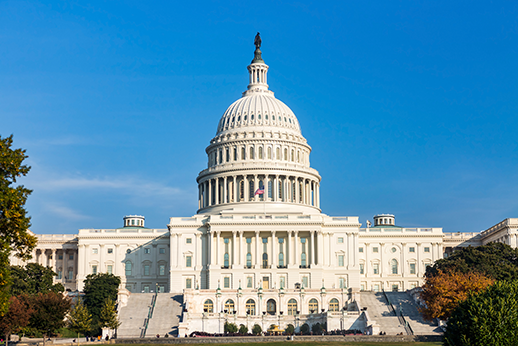
Underinsured and Unable to Afford Care
The share of Americans who lack health insurance is at historic lows. Even so, being uninsured and underinsured is a problem. I’ve seen what this means for members of my own family.
Example 1: a man in his early 60s with a high-deductible employer plan. His 60-year-old wife, after working for years as a waitress, has had knee surgery and other problems. Each major treatment racks up thousands of dollars in bills they struggle for months to pay.
Example 2: a 62-year-old woman working as a low-wage independent contractor. She is uninsured and has painful arthritis. She frequently cancels jobs because she is sick.
Example 3: a construction worker also in his 60s with a high insurance deductible. He rarely goes to the doctor because he pays cash for just about everything under a policy purchased on a state health insurance marketplace.
Nearly half of working-age Americans recently surveyed said they have skipped or delayed medical care because they couldn’t afford it, reported a healthcare nonprofit. People are considered to be underinsured in the report either because they lack insurance altogether or have a policy that is unaffordable, meaning that it uses at least 10 percent of the household’s yearly income.
Specific decisions the underinsured make include not seeing a doctor if they have a problem, not following through on recommended treatments for a diagnosed illness, not seeing a recommended specialist, or not filling a prescription, the Commonwealth Fund’s report said.
Affordability remains a problem despite Congress’ move to encourage people to buy coverage during COVID by slashing the premiums for federally subsidized policies purchased on the national and state insurance marketplaces. The Biden administration just extended the premium subsidies through 2025.
But the financial assistance either isn’t enough or, as a recent federal report found, workers don’t know about the subsidies, which increased under the American Rescue Plan in 2021. Half to two-thirds of the people who lacked insurance said they had either dropped a policy or didn’t buy one because it was too expensive, according to the Commonwealth Fund’s report.
The country has made “great strides toward better health coverage,” the report concluded, but “the job is not done.”
Squared Away writer Kim Blanton invites you to follow us on Twitter @SquaredAwayBC. To stay current on our blog, please join our free email list. You’ll receive just one email each week – with links to the two new posts for that week – when you sign up here. This blog is supported by the Center for Retirement Research at Boston College.
Comments are closed.







A high deductible health care plan is best suited for white collar workers – not blue collar. And the “savings” for the lower medical premiums should be placed into a HSA where the funds are available to be paid out as reimbursement for medical expenses below the deductible. In your examples above, it looks like someone (employer and/or employee) dropped the ball on the HSA side.